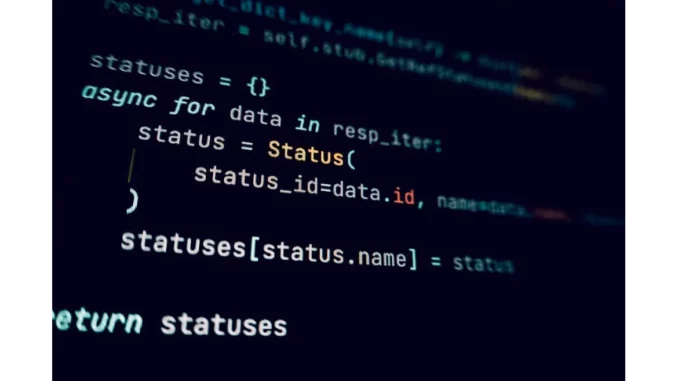
In today’s fast-paced financial world, the importance of a secure and efficient client ledger system cannot be overstated. It is the backbone that ensures businesses maintain accurate records and operate smoothly. Recently, I had the opportunity to sit down with Martin Blake, a seasoned IT consultant, who shared his experience in crafting such a system, focusing on the pivotal role of data normalization and API integration.
Martin’s journey began with a clear understanding of the challenges that modern financial environments pose. “The sheer volume of transactions that businesses handle today is staggering,” he remarked. “We needed a system that not only safeguarded sensitive data but also optimized performance to keep up with the demand.”
Central to the success of this endeavour was the use of data normalization techniques. “Initially, we faced a lot of redundancy in data storage,” Martin explained. “This not only consumed unnecessary space but also slowed down our processes.” By implementing data normalization, they were able to streamline the data architecture. “It was like putting the pieces of a puzzle in order. Once everything was structured correctly, the database responded faster, and storage costs dropped significantly.”
Data normalization, as Martin pointed out, is about efficiency. “You eliminate redundancies, and in doing so, you enhance performance. It’s not just about saving space; it’s about making sure every query and transaction runs as smoothly as possible.”
But the transformation didn’t stop there. The integration of application programming interfaces (APIs) was another crucial factor in enhancing the client ledger system. Martin elaborated on how APIs facilitated the seamless communication between the ledger and other financial platforms. “APIs are the unsung heroes of modern software systems,” he noted with a smile. “They allow different systems to talk to each other, which is essential for real-time data synchronization.”
Through APIs, the ledger system was able to integrate with popular accounting platforms like QuickBooks and Xero. “This interoperability meant that data flowed automatically, reducing manual input errors and saving us a ton of time,” Martin said. He highlighted how this real-time integration ensured that financial records were always up-to-date, which was crucial for accurate reporting and decision-making.
Speaking of reporting, Martin was particularly enthusiastic about the enhanced reporting capabilities that the new system offered. “With the right data structure and real-time updates, we could generate comprehensive financial reports tailored to different stakeholders’ needs,” he asserted. “Whether it was detailed cash flow statements for internal management or high-level balance sheets for auditors, the system delivered.”
The efficiency gains didn’t end with data normalization and APIs. Martin shared insights into the reconciliation processes they had implemented. “Reconciliation is all about accuracy,” he said. “We used advanced software solutions to automate this process, which reduced manual effort and improved accuracy significantly.”
The integration of machine learning algorithms further enhanced the reconciliation efficiency. “These algorithms are fantastic at identifying patterns and anomalies,” Martin explained. “If a transaction amount looked suspicious compared to historical trends, the system would flag it for review, saving us from potential errors.”
Security, of course, was a non-negotiable aspect of the system. Martin detailed the multi-layered security measures in place. “We implemented robust encryption protocols and role-based access controls to protect our data,” he said. “Security audits and assessments were conducted regularly to ensure we stayed ahead of potential threats.”
Finally, Martin touched on the importance of system efficiency. “We looked at everything from the system architecture to the user interface,” he recounted. “Cloud-based solutions provided us with the scalability we needed, and a user-friendly interface ensured that everyone could interact with the system seamlessly.”
As our conversation drew to a close, Martin reflected on the journey. “Designing a client ledger system is no small feat,” he admitted. “But with the right techniques and technologies, you can create a system that not only meets the current demands but is also prepared for future challenges.”
Through Martin’s insights, it’s clear that designing a secure and efficient client ledger system is a multifaceted task requiring a blend of technical expertise and strategic planning. Data normalization and API integration stand out as crucial elements in this endeavour, ensuring that businesses can manage their financial data effectively and securely.
By Rhoda Pope.

